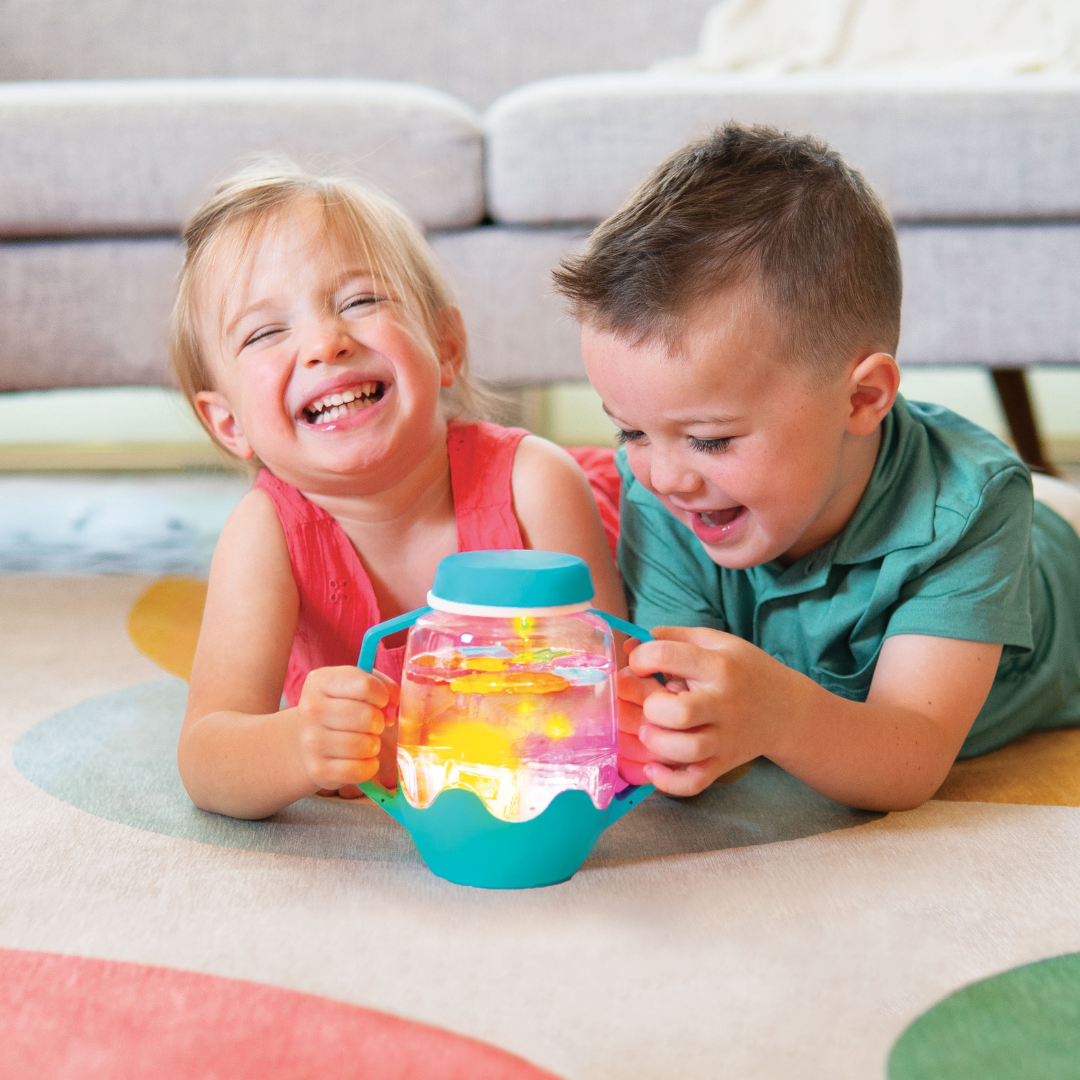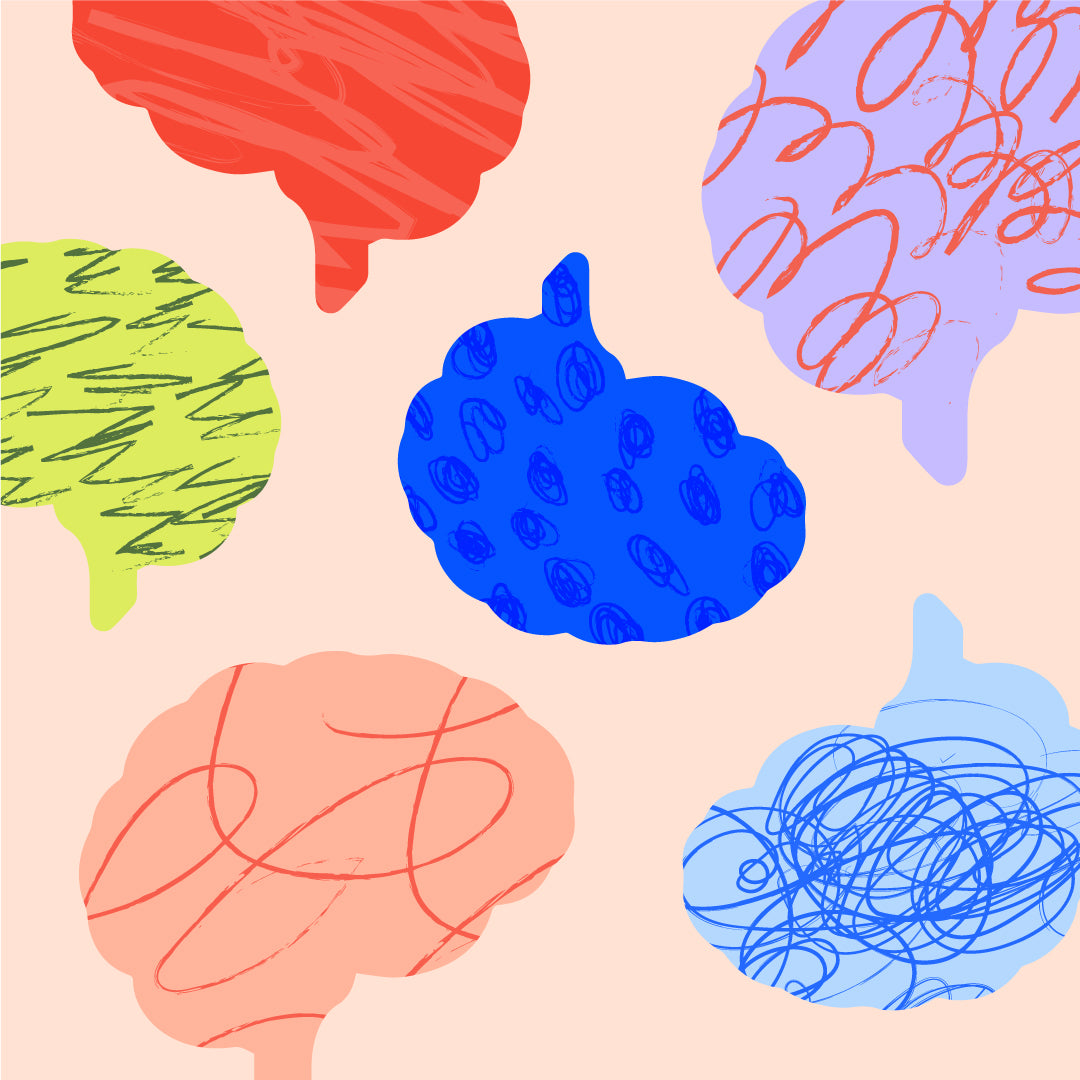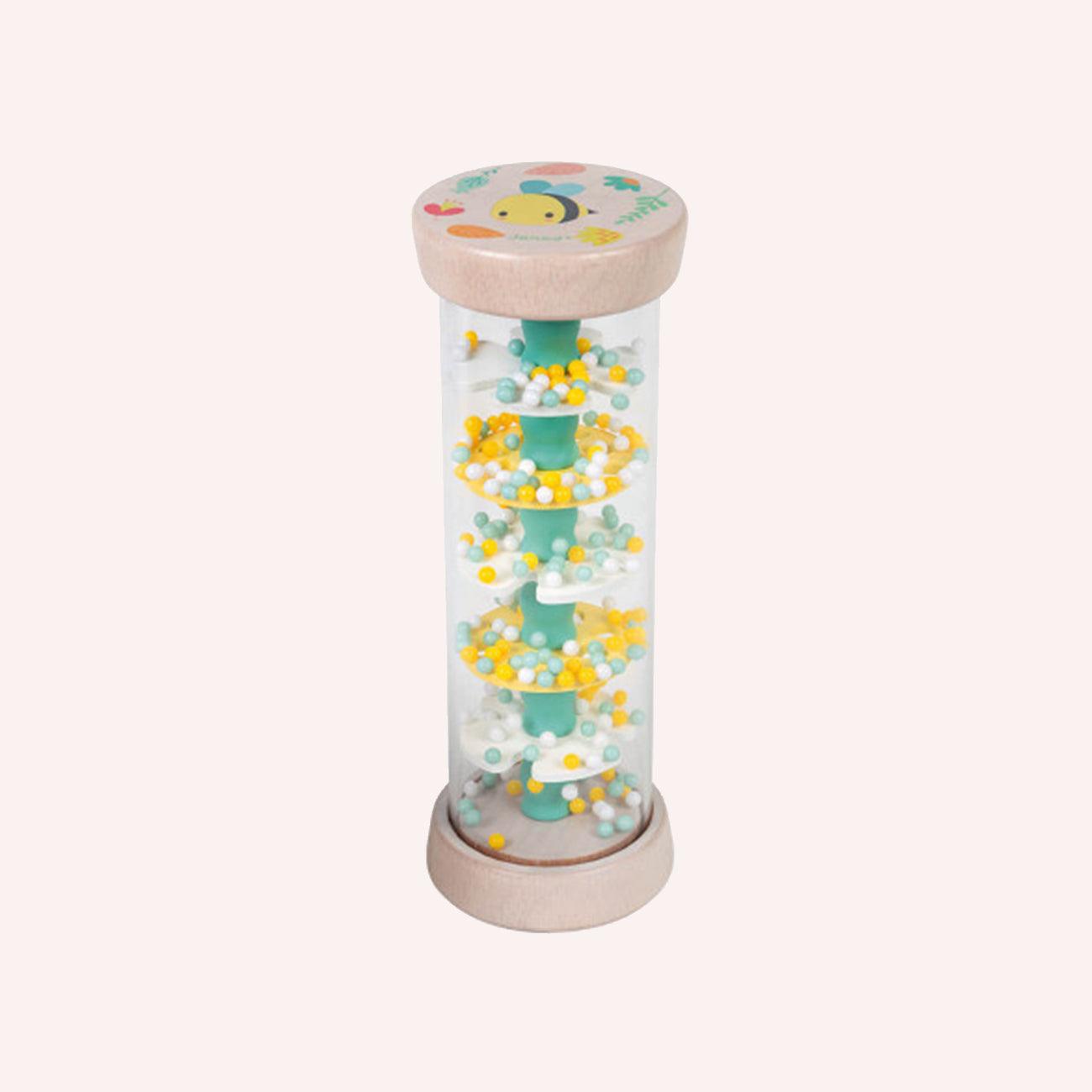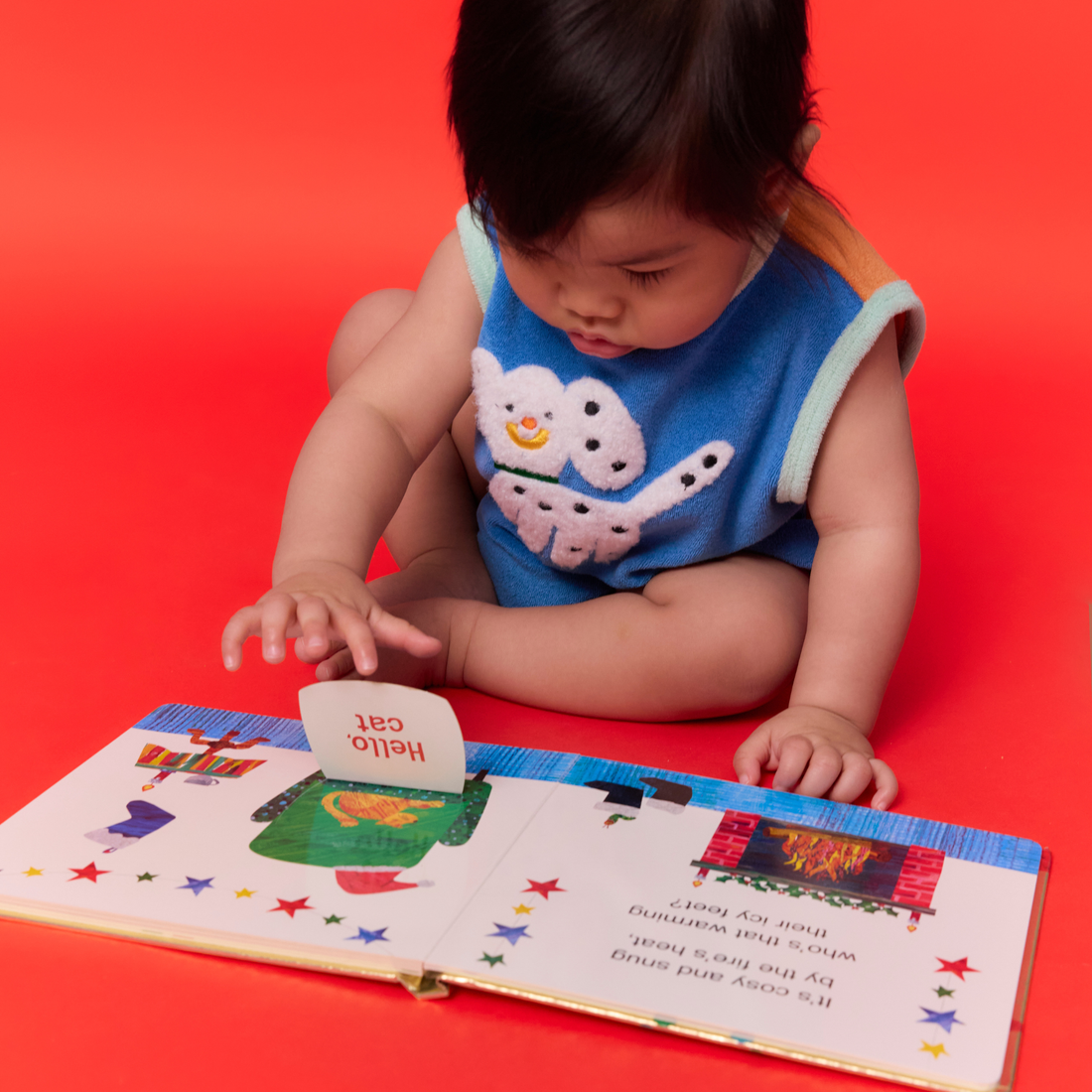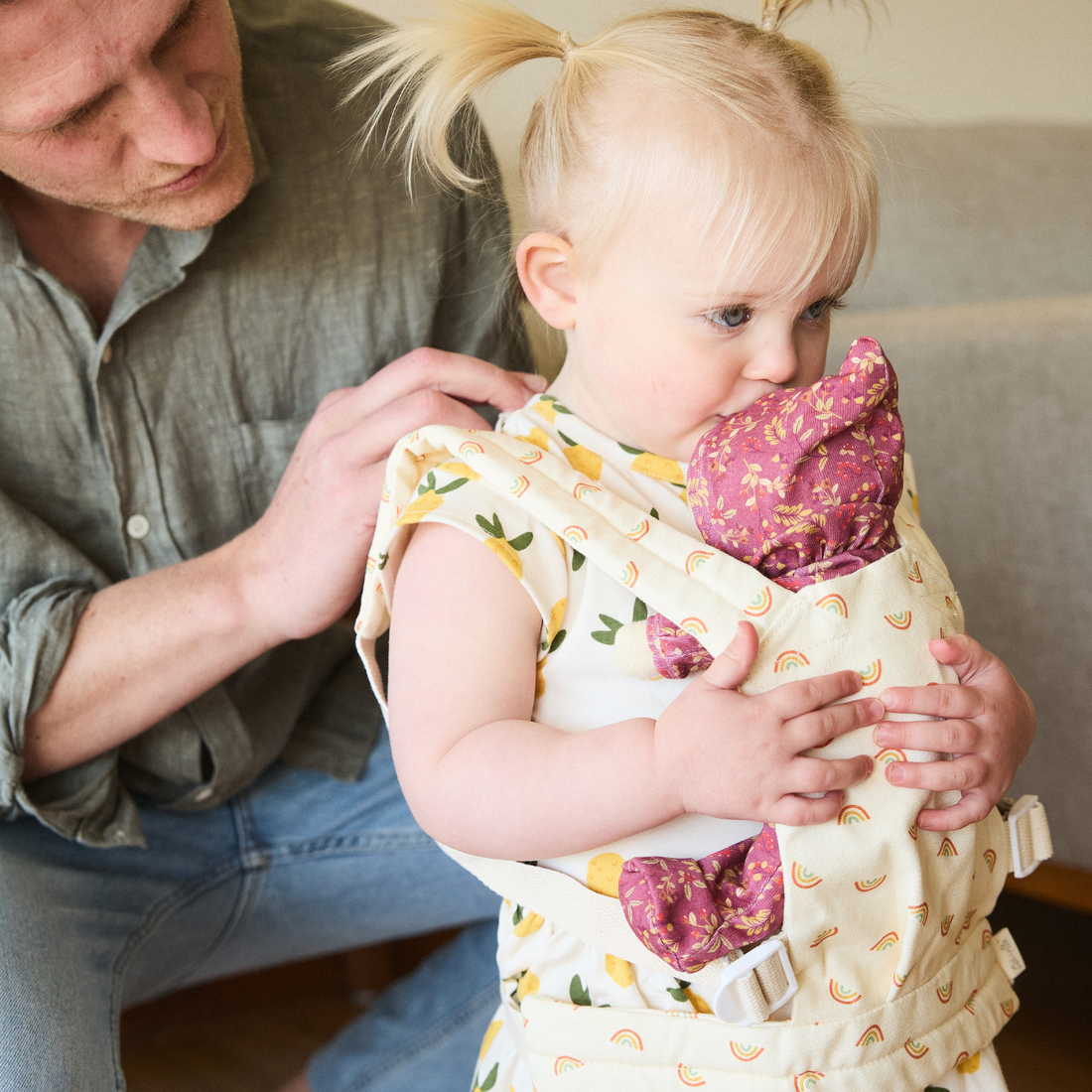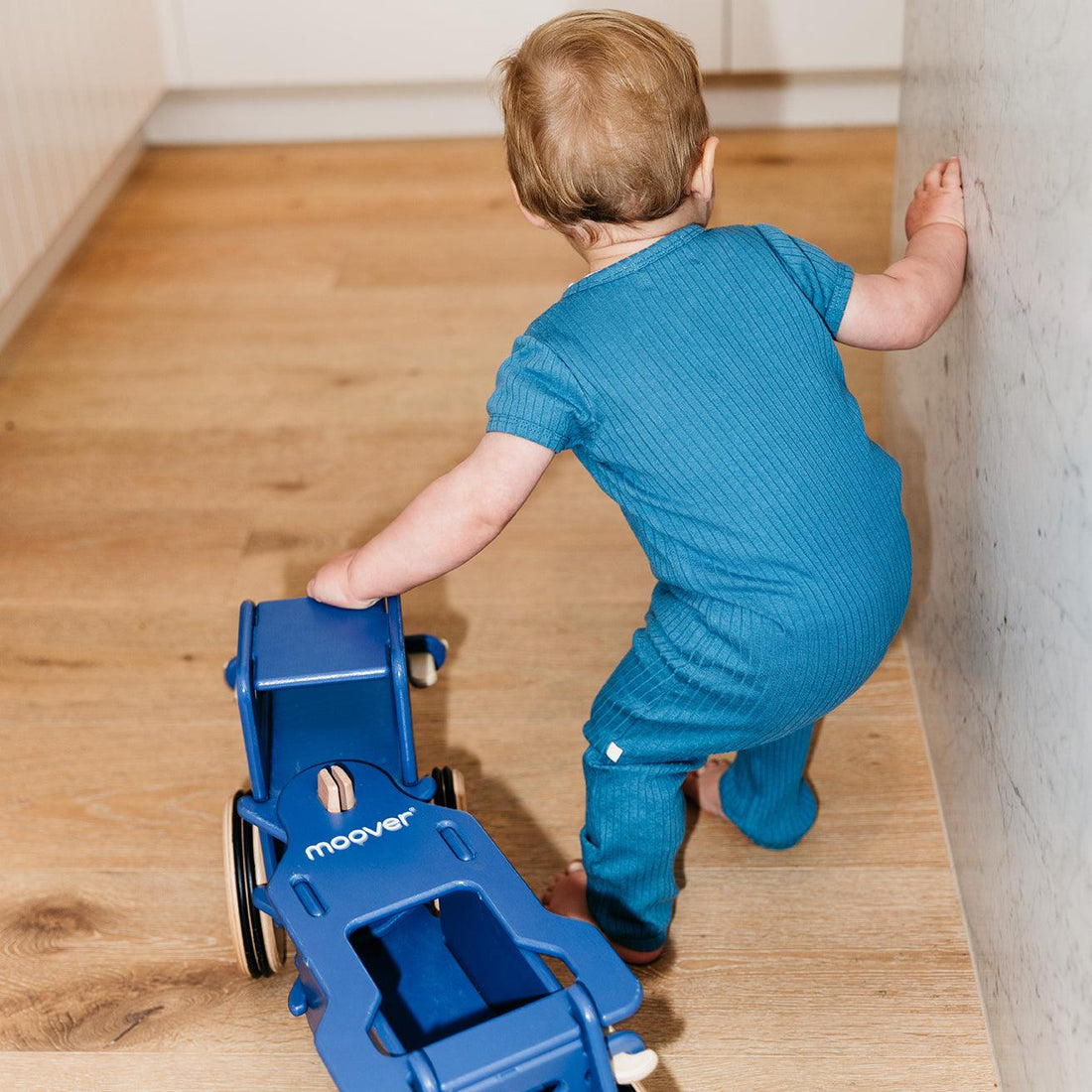Autism Speaks Director of Lifespan and Support Arianna Esposito explains that “A sensory toy is one that is specially designed to stimulate one or more of the senses. Sensory toys may be more appealing to children on the spectrum because they can help the child remain calm and provide the sensory experience they want.” This colourful toy mimics the sound of falling rain to soothe and engage kids through their sense of hearing and through the visual of the beads falling.
For play that helps them connect, engage and thrive.
Neurodiversity describes the natural variation in people’s cognitive functioning that means they experience the world, and interact with the people in it differently. It is a term that includes both “neurotypical” and “neurodiverse”, because every brain is unique, and every person has a different set of abilities and needs. Neurological conditions on the “neurodivergent” end of the spectrum include Autism, ADHD, OCD, Dyspraxia, and Dyslexia.
Neurodivergent children (and adults) can have unique approaches to learning, behaving, and communicating, but all kids learn through play. In fact, they can learn almost everything through play: language, emotions, letters, numbers, balance, dexterity and more, from the very beginning.
Play is a great way to improve your child's skills, develop interests and desensitise them to something they find difficult. When choosing toys and games for neurodivergent kids, Evon Mucek, a developmental therapist and parent coach suggests looking for ones that inspire connection and engagement and align with the type of play your kid is interested in, “Neurodivergent children are all dynamic in their own way and it’s important to not categorise them as all having the same interests.” If your child finds a toy engaging, it’s a step towards building their confidence and skills. Mucek recommends asking yourself these questions when shopping for your child.
What are their sensory needs? For example, if they can be sensitive to loud noises, look for toys with a volume control.
What are their interests? Don’t suppress their natural motivations, celebrate and build on them.
What are their developmental needs? Find toys that meet where they are at but will also allow them to develop further.
What are their social and emotional needs? Generally, you want to focus on open-ended toys that support their social-emotional needs and have less emphasis on rules or a “correct” way to play. “When it comes down to it, Mucek says, “It’s all about growing that bond between you both and inspiring fun and playfulness — no matter what toy they choose to play with.”
What do they think? If you’re looking for new areas that may spark their interest, sometimes you just need to ask! You could look through a website or catalogue with your child to see what peaks their interest or they would like to play with. Doing this gives them some independence and will help them feel more engaged when the toy arrives.
Ahead 12 toys that will be fun and educational to any young children, but here we are looking at how, in particular, they can appeal to neurodivergent children.
Glo Pals Cubes
Glo Pals Cubes are liquid-activated, light-up sensory bath toys, designed to engage children's senses and brighten bathtime. They were inspired by a child with autism whose mother used the technology behind Glo Pals to help him overcome his fear of water.
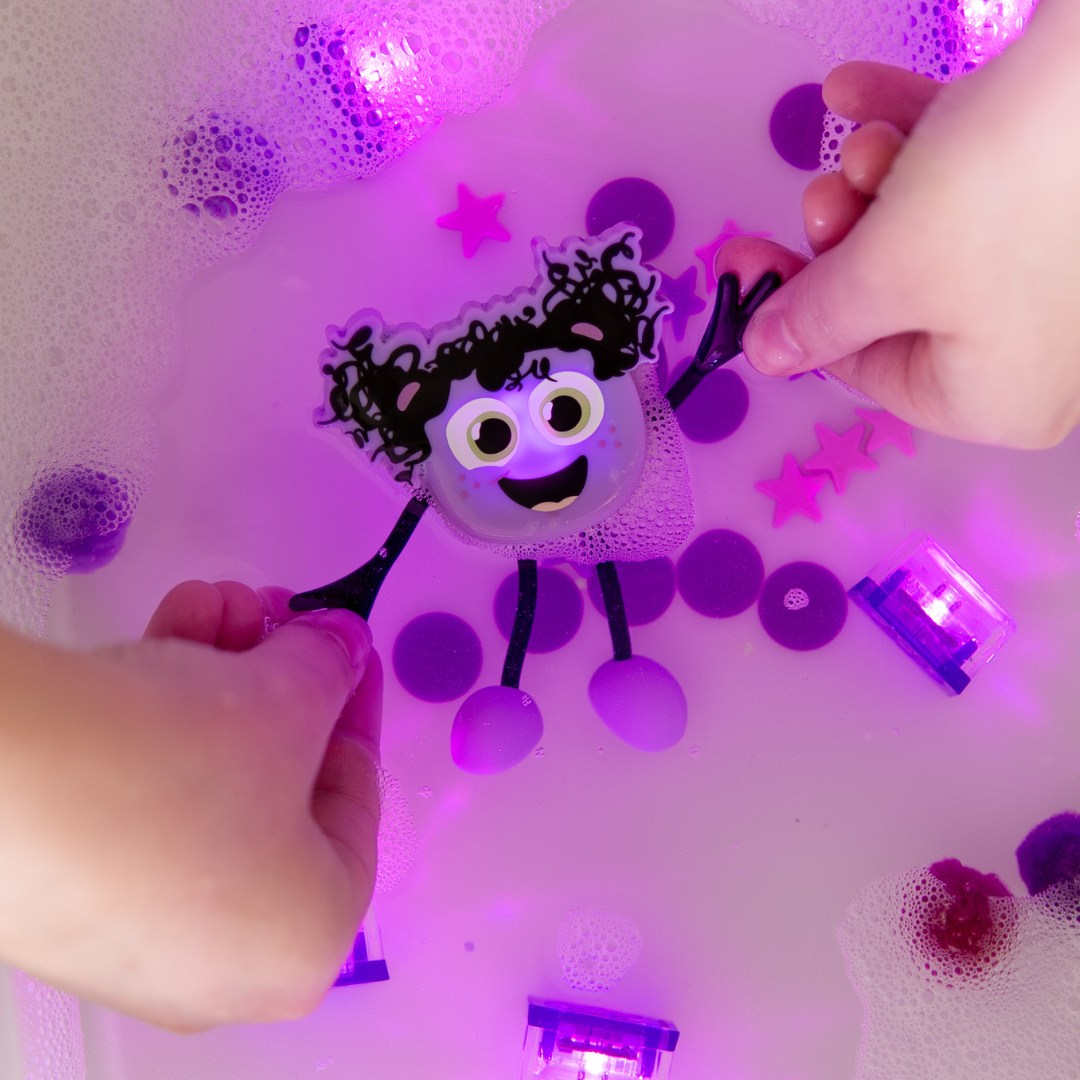
Jellystone Designs DIY Calm Down Bottle
A sensory play toy developed to bring your child back to earth after being worked up. Water is combined with creative elements to make a toy that helps children self-regulate their breathing and improve their focus. Getting them involved in the creation of their calm down stick is also a useful connection for helping them own their emotions.
-v1701323383734.png?1000x1000)
Glo Pals Pic-Up Pals
Pick-Up Pals were designed for hands-on fun that supports your child's development by helping little hands strengthen fine and gross motor skills. These tactile tools invite interactive play, and include a puffer pall, tiny tongs and scooper squid, perfect for squeezing, scooping, sifting and straining. For children that are sensitive to water or sand or other textures, this can be a great way for them to take the steps to explore those textures.
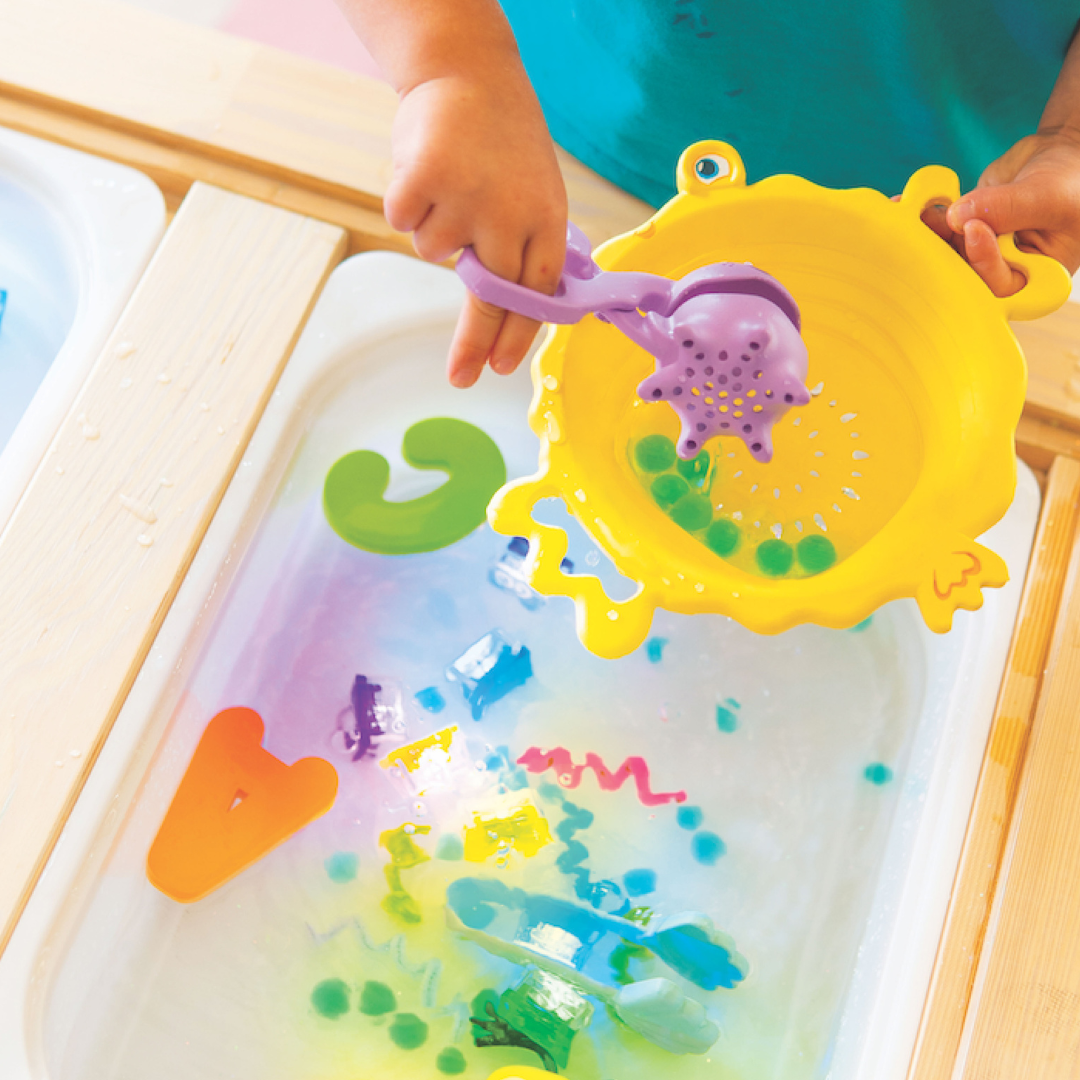
Ems For Kids Kids Earmuffs
Many kids on the autism spectrum suffer with noise sensitivity and protective headphones are the answer. This durable model slips easily over your child’s ears to sit securely and comfortably in place, then they fold up to fit in the palm of your hand, making them easy to carry with you, or store away.
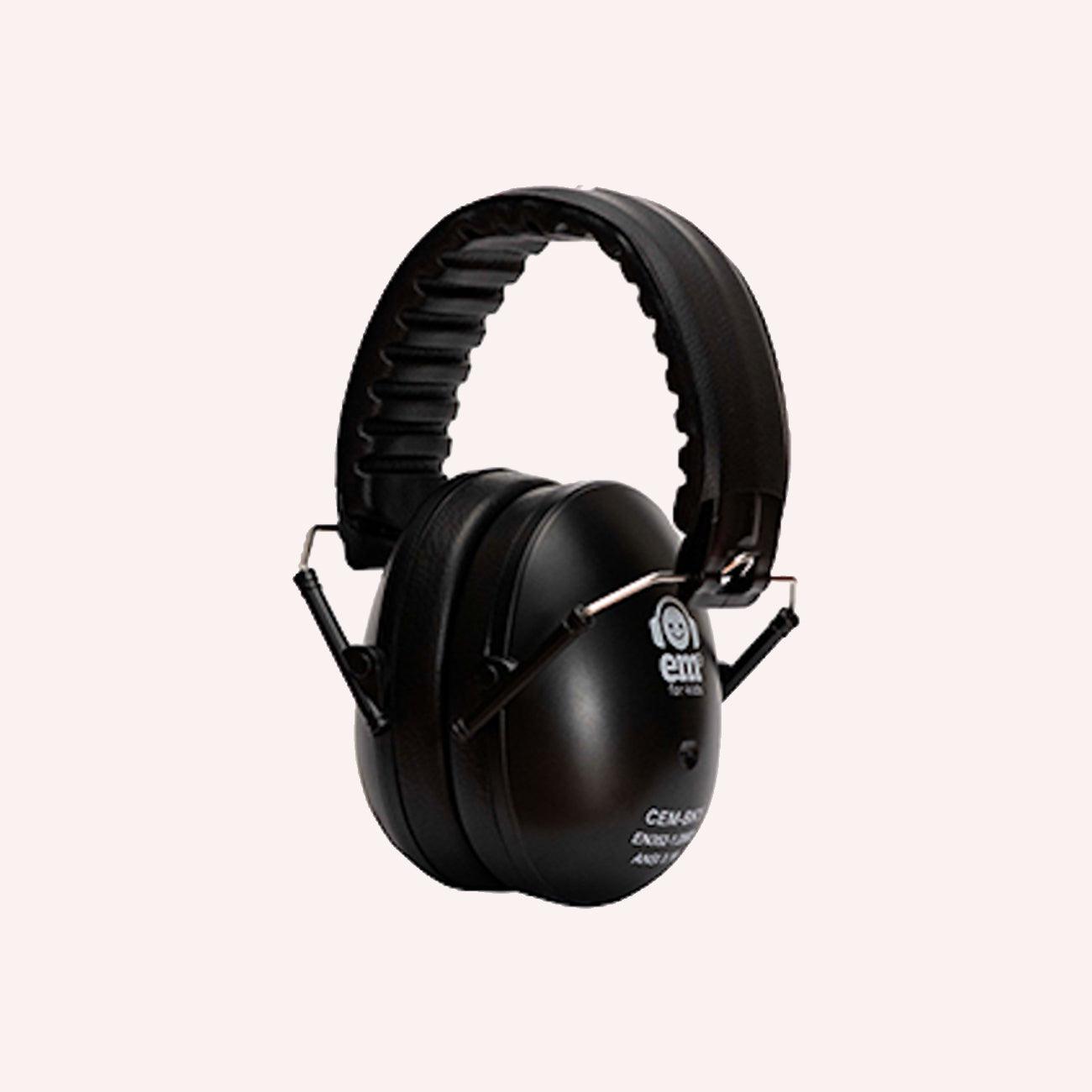
Two Little Ducklings Feeling And Emotion Flash Cards
Encourage little ones to talk about the way they’re feeling with these fun and transportable flash cards.
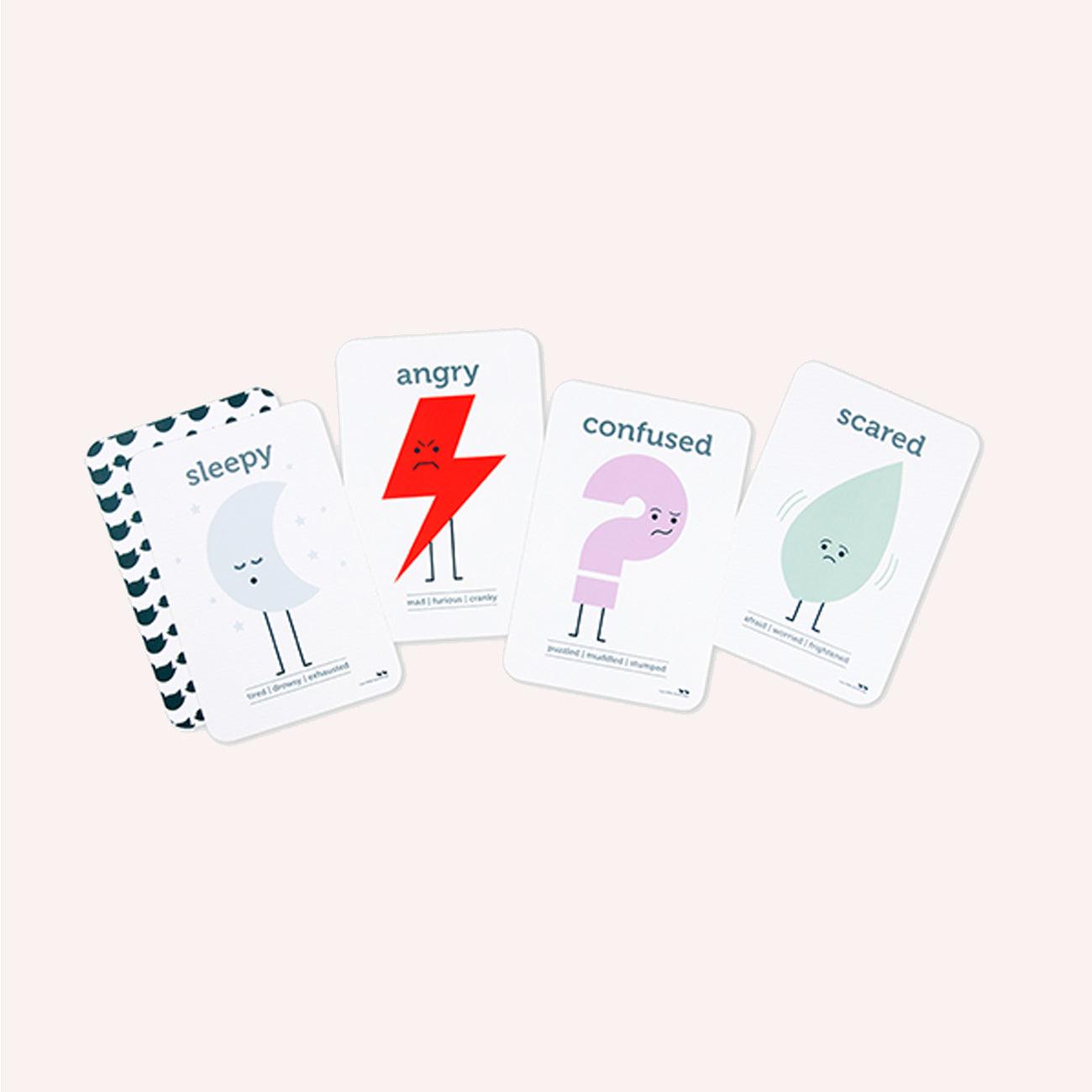
Moon Picnic Make My Day
A unique activity dollhouse to help toddlers have fun while learning their routine. They can start by moving the clock hands, then play with the bear to help it follow their daily schedule. The bear lives with a dog in a cosy wooden house that has a large wall clock with movable hands, furnished with a bed, bathtub with a yellow duck, wash basin, table, chair, book, tableware and storage bin. From waking up to going to sleep, there are lots of things the bear can do in a day. Use as a tool for open ended play while teaching routine.
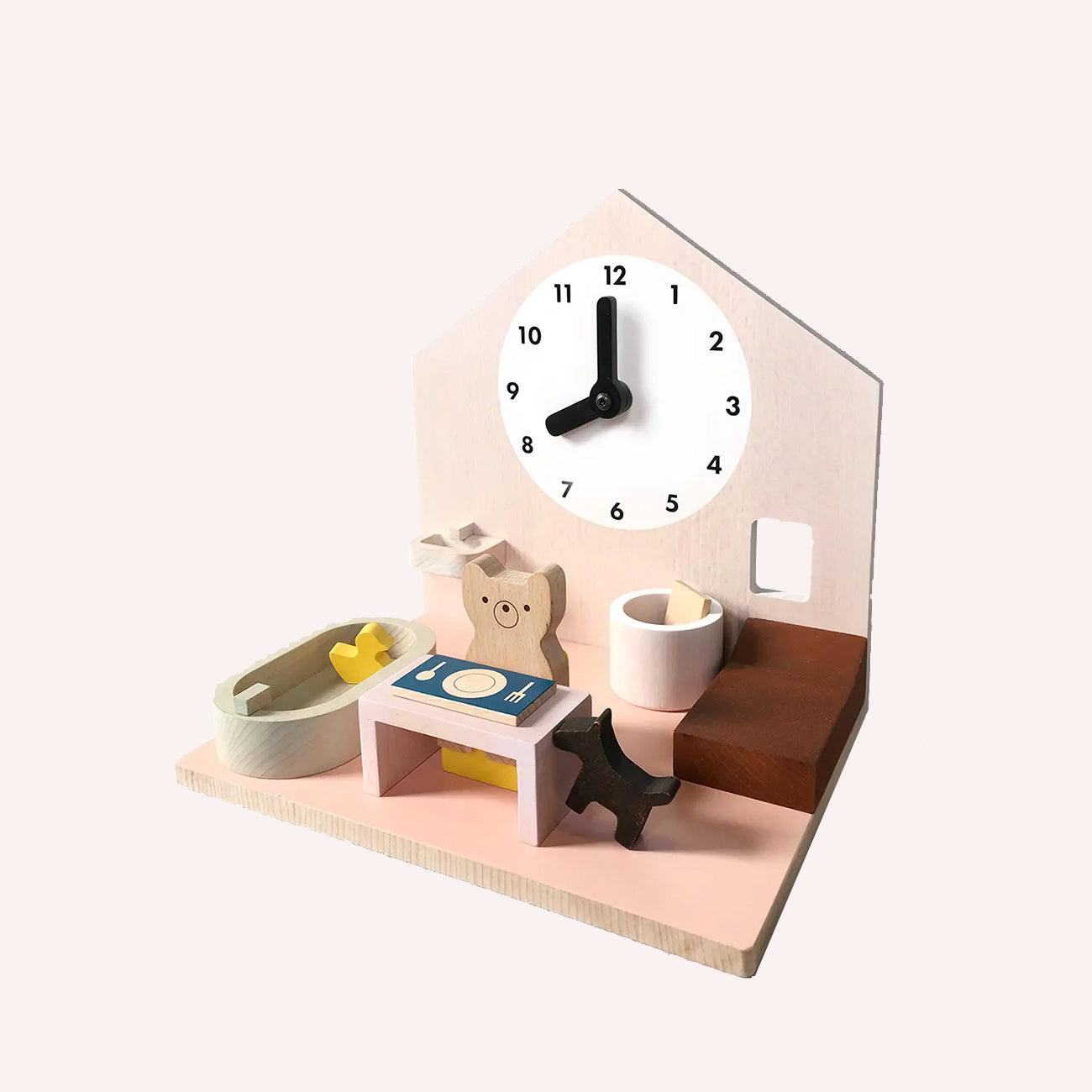
Jellystone Design Triblox
Made of robust, food-grade silicone, these triangular blocks offers a range of textures and shapes to stimulate fine motor skills and hand-eye coordination.
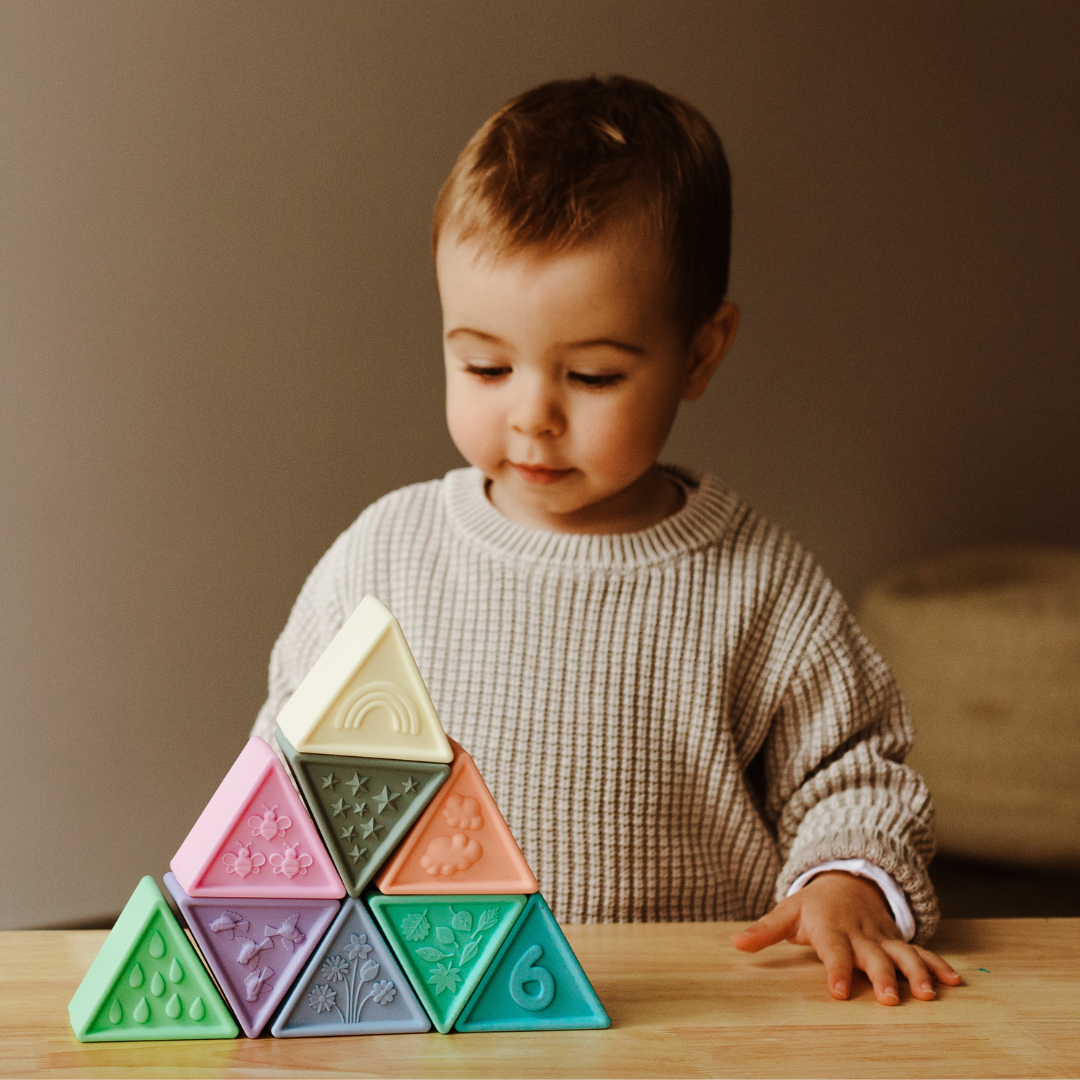
Honeysticks Bath Crayons
Bathtime is a great place to play and encourage creativity (with a side of calm). These (entirely non-permanent) bath crayons are the perfect way to facilitate this and get your kids excited about their evening bath.
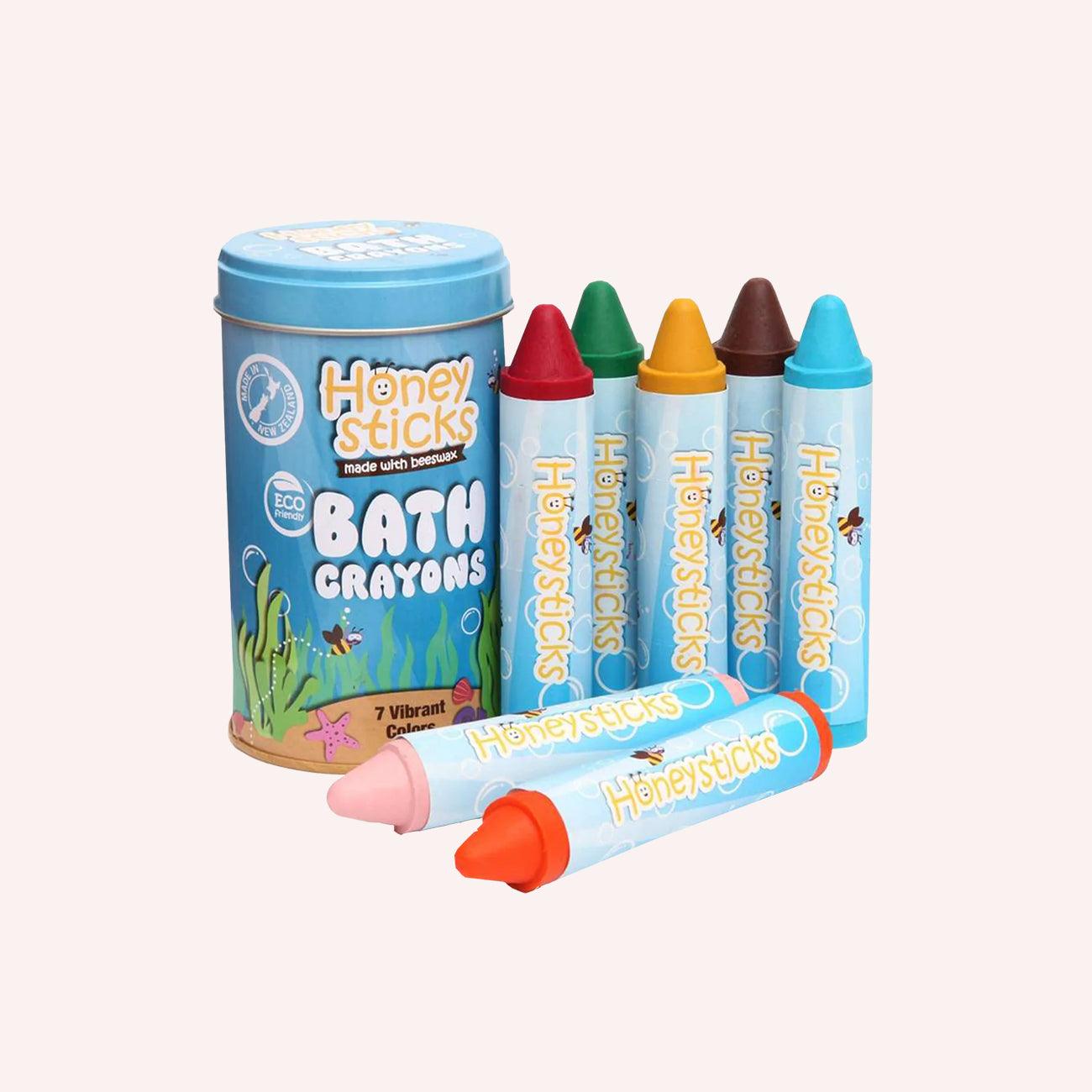
Remarkable Remy by Melanie Heyworth
A picture book with a magnificent autistic character at it's centre, this is a story for all children to enjoy and learn about autism and the joys of having friends with differences.
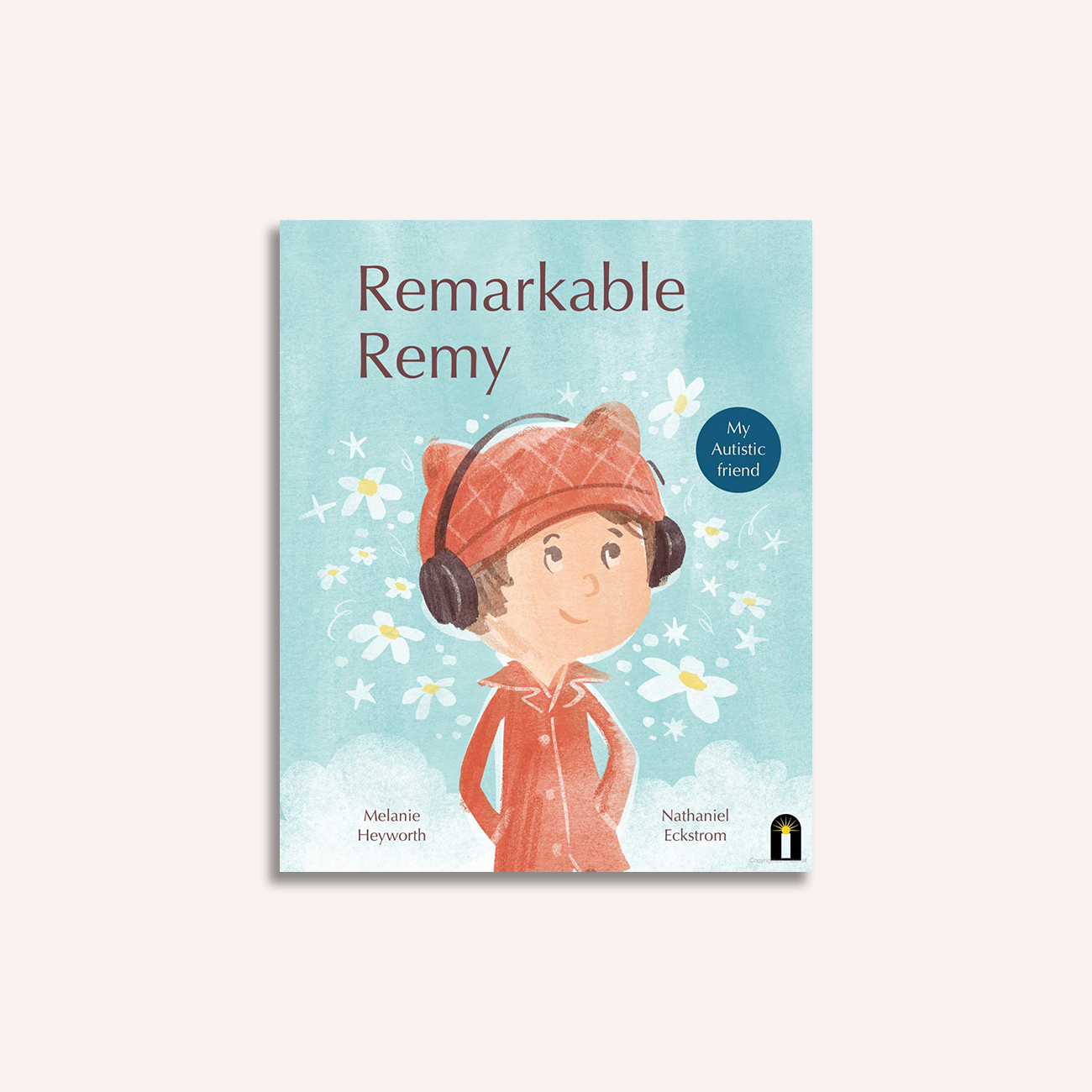
All My Stripes by Shaina Rudolph and Danielle Royer
All My Stripes is an insightful story for kids on the autism spectrum to see themselves reflected. Zane, a young zebra, is smart, caring, honest, and curious as he learns to appreciate his differences from his classmates and navigates the ups and downs of school life, which often mirror the challenges associated with autism spectrum disorders.
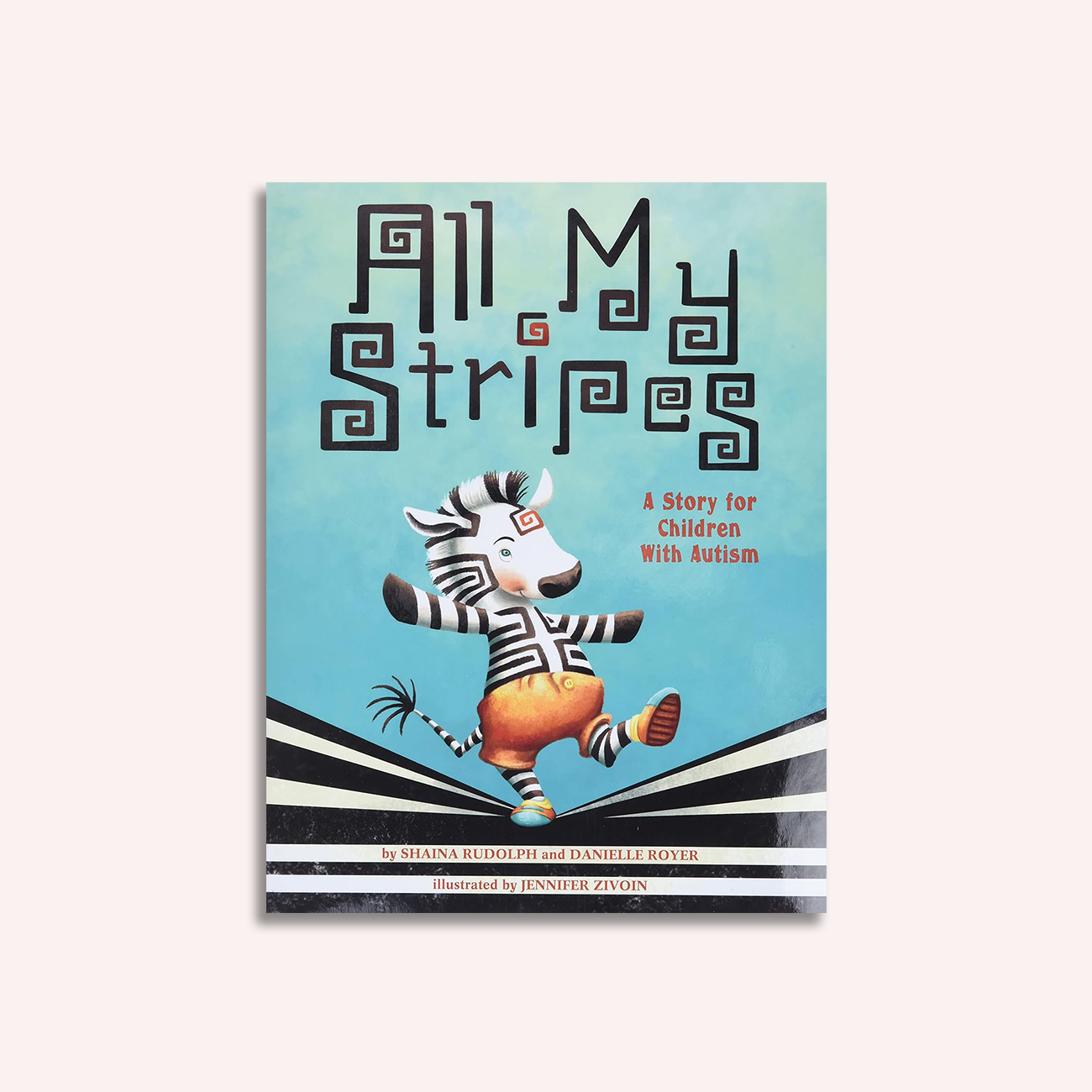
Glo Pals Sensory Play Jar
Sensory play on-the-go! Like the Calm Down Bottles, these sensory jars are customisable to engage your child. Tap to change the glowing colour, teaching cause-and-effect or add sparkles to aid soothing.
